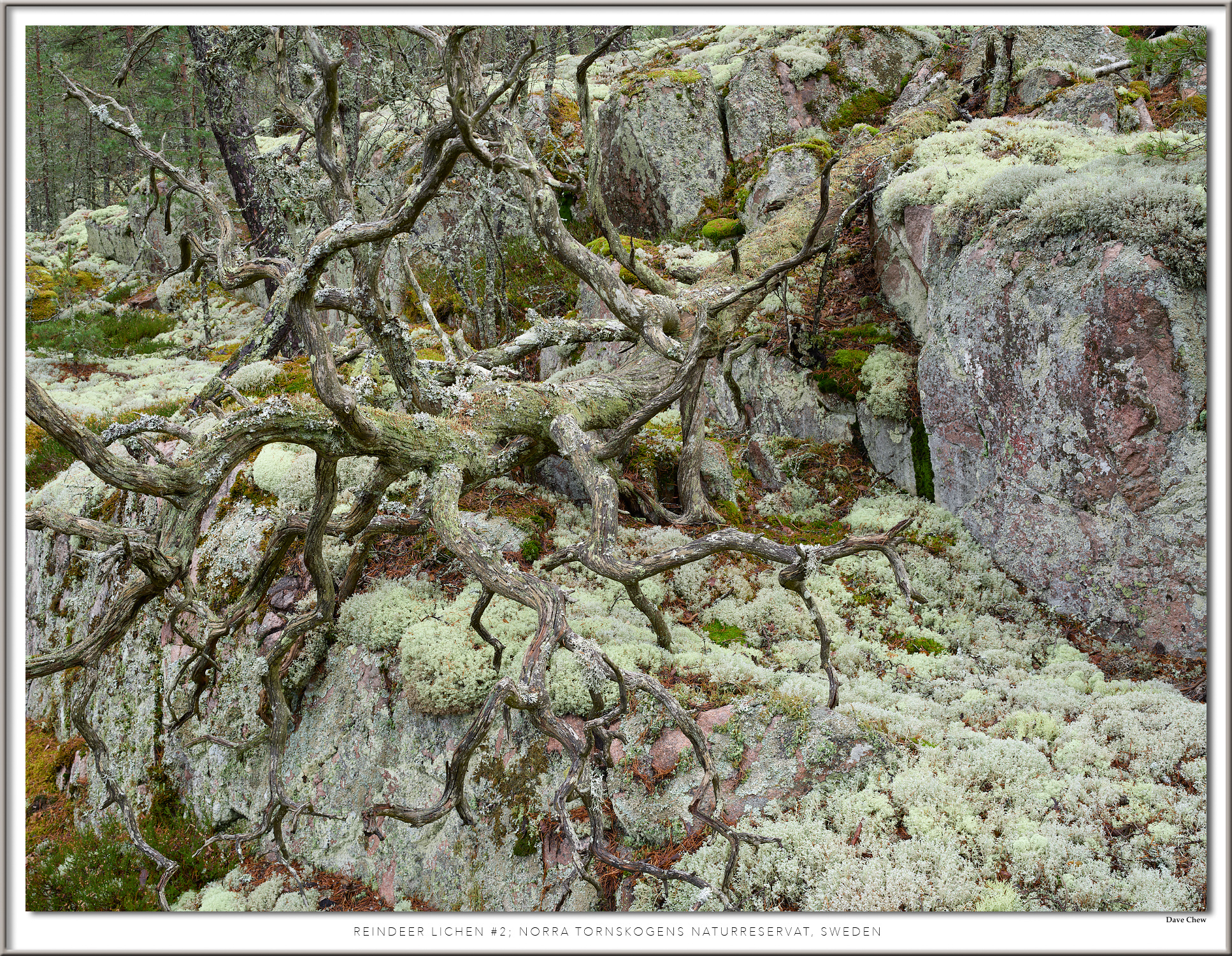Paul Spinnler
Well-known member
The Pano is mainly useful if you use the 70HR (up to 25mm ish), 90 HR, 120 SK, and 138 HR lenses (I own a Pano). 120 is very difficult to find and 90 and 138 are heavier than most normal lenses. It becomes a totally different setup than with an STC.
Pano basically in my mind is 90 HR and or 138 HR and a heavier tripod to keep it stable and it is as a result a heavier backpack and more logistics to change position once setup.
There is no "in landscape photography"; photography is what you make out of it and you can also crop one shots with a TC to be panoramic format. Its not about the gear or how expensive it is. There are landscape photographers who are unsuccesful and boring with 100k of gear and then you'll have commercially very successful people shooting 35mm digital. So in the end its what makes you happy and is a tool that you like using.
Many landscape photographers will be even happy with a TC and two compact SK lenses or an STC and say a 40 HR with tilt which covers a lot of ground.
You can nowadays also easily uprez and use noise and sharpening techniques to create almost any print size you'd want.
Julian Calverley since more than a decade shoots STC with 40 HR SB with tilt spacer ... which I think is is an ideal combo for landscape photography as the 40 HR is wide, but not too wide in one shot, can be stitched on the STC 18mm left and right and you'll have a resulting file that's huge and printable to any format almost.
Pano basically in my mind is 90 HR and or 138 HR and a heavier tripod to keep it stable and it is as a result a heavier backpack and more logistics to change position once setup.
There is no "in landscape photography"; photography is what you make out of it and you can also crop one shots with a TC to be panoramic format. Its not about the gear or how expensive it is. There are landscape photographers who are unsuccesful and boring with 100k of gear and then you'll have commercially very successful people shooting 35mm digital. So in the end its what makes you happy and is a tool that you like using.
Many landscape photographers will be even happy with a TC and two compact SK lenses or an STC and say a 40 HR with tilt which covers a lot of ground.
You can nowadays also easily uprez and use noise and sharpening techniques to create almost any print size you'd want.
Julian Calverley since more than a decade shoots STC with 40 HR SB with tilt spacer ... which I think is is an ideal combo for landscape photography as the 40 HR is wide, but not too wide in one shot, can be stitched on the STC 18mm left and right and you'll have a resulting file that's huge and printable to any format almost.
Last edited:




